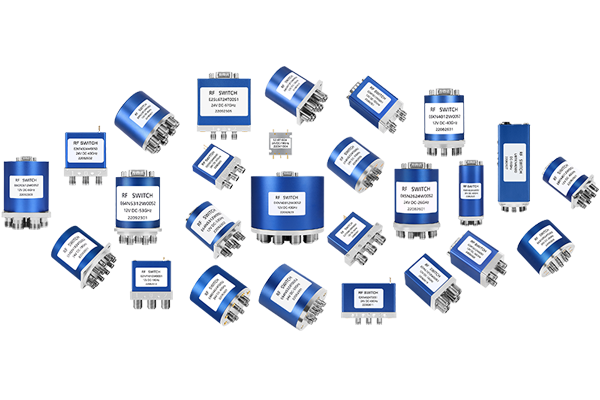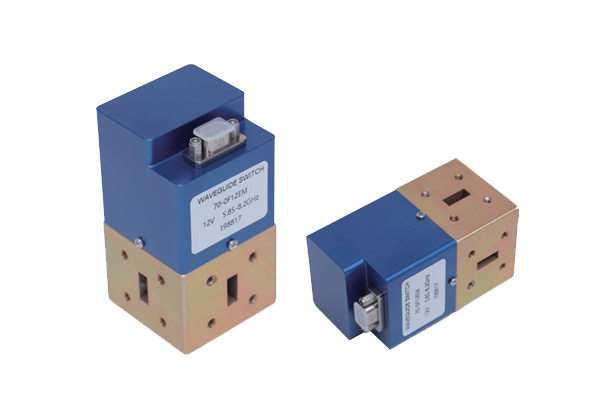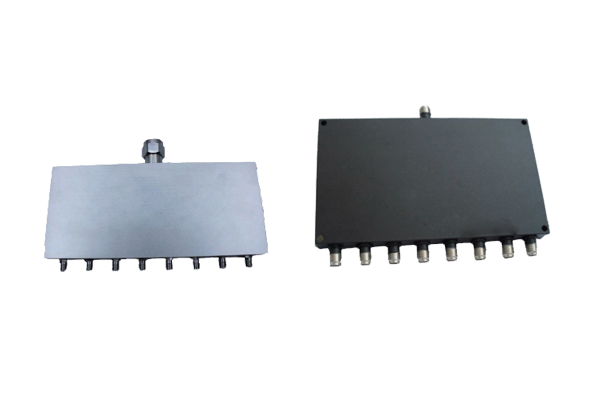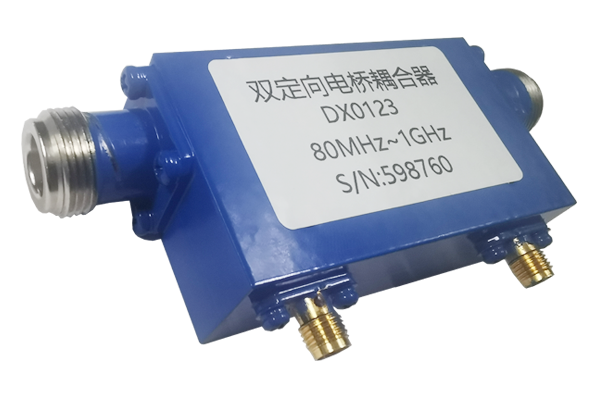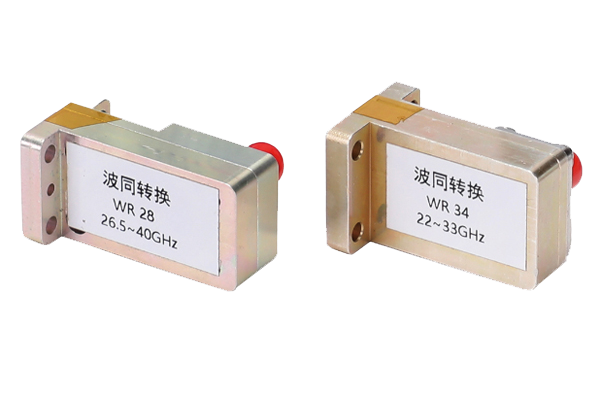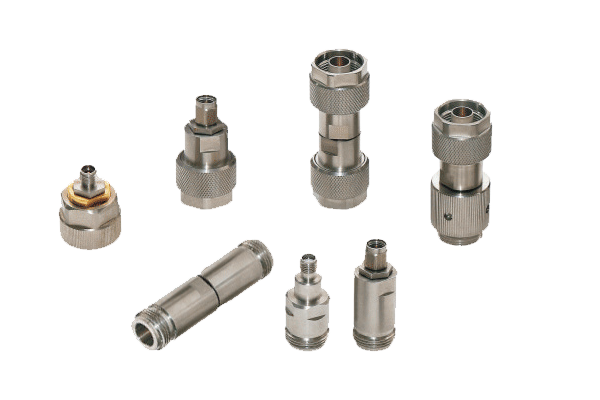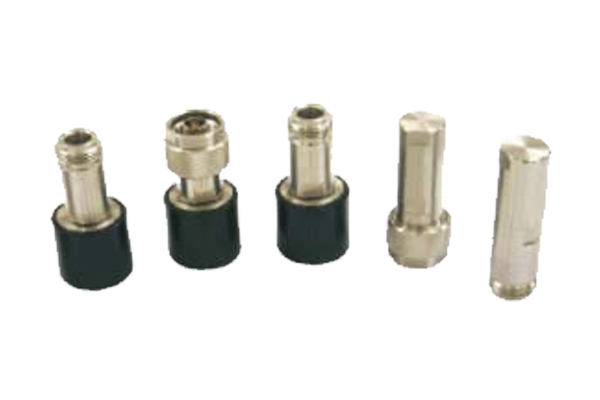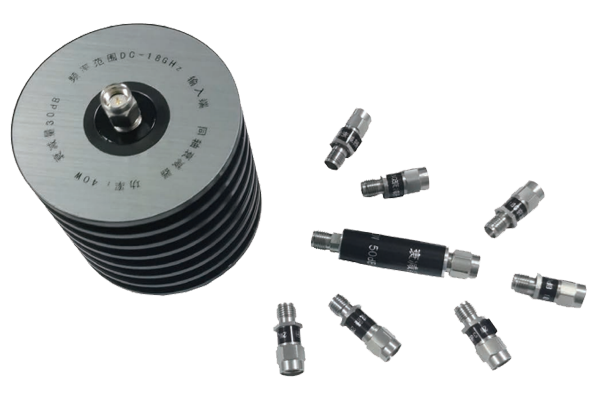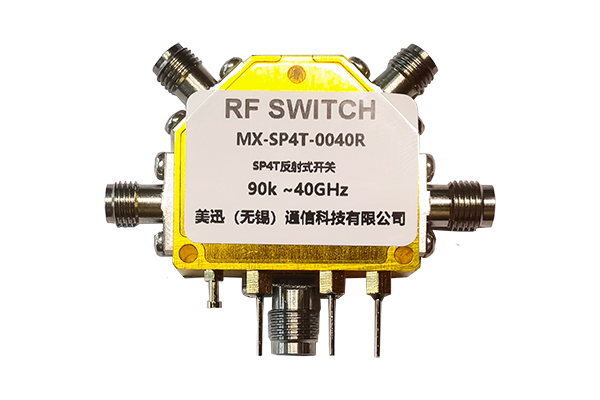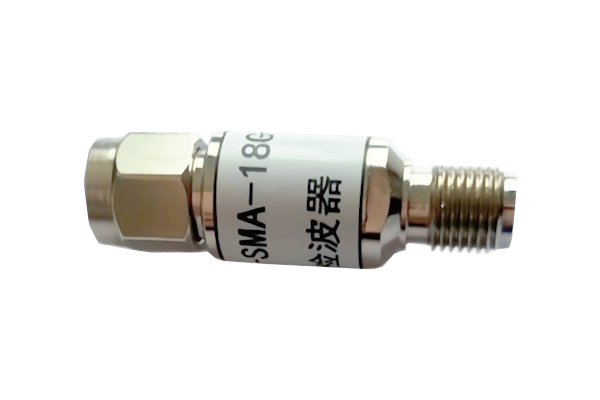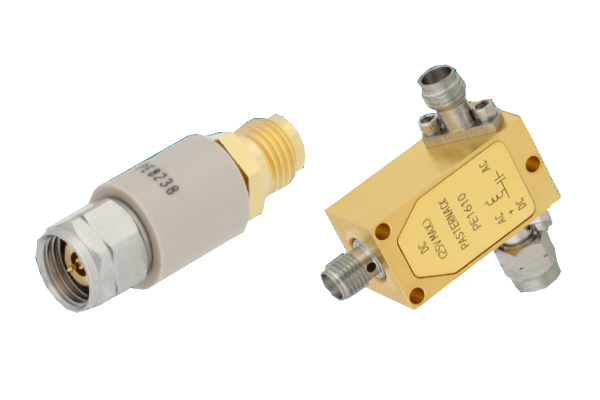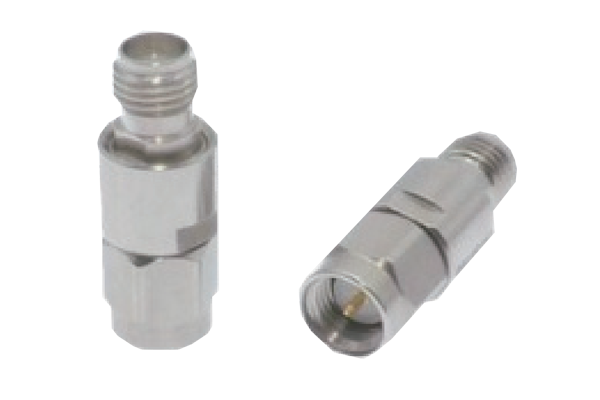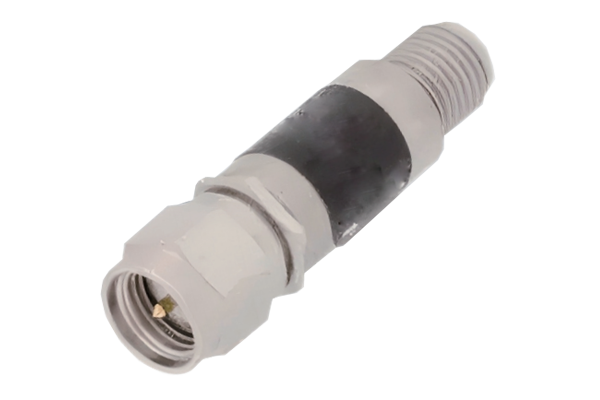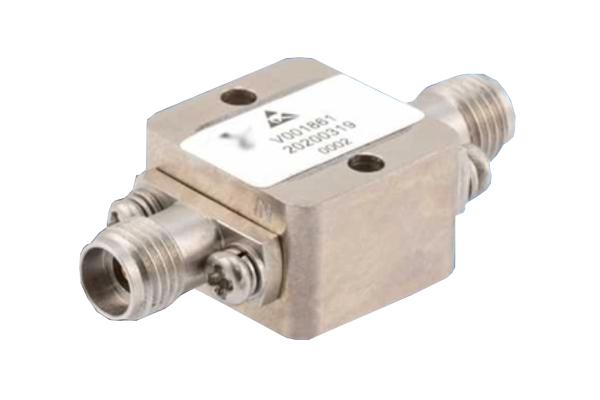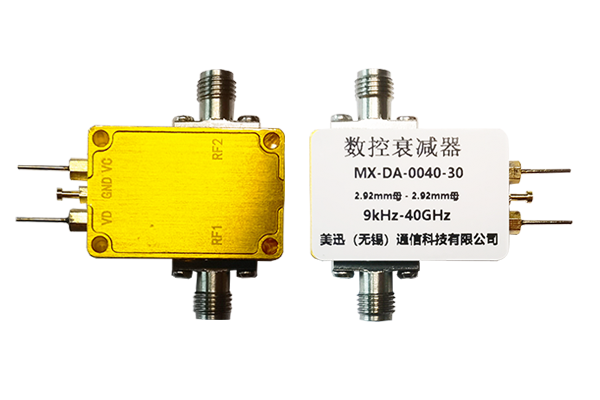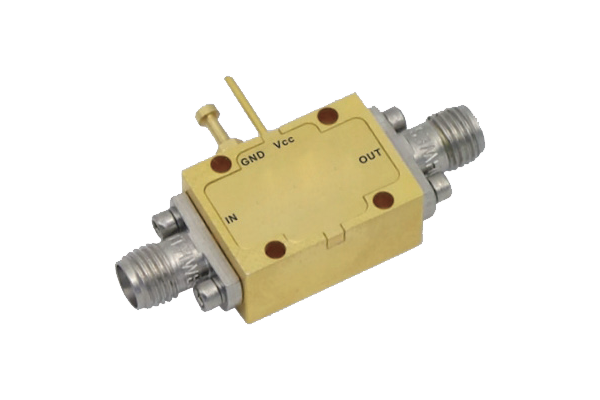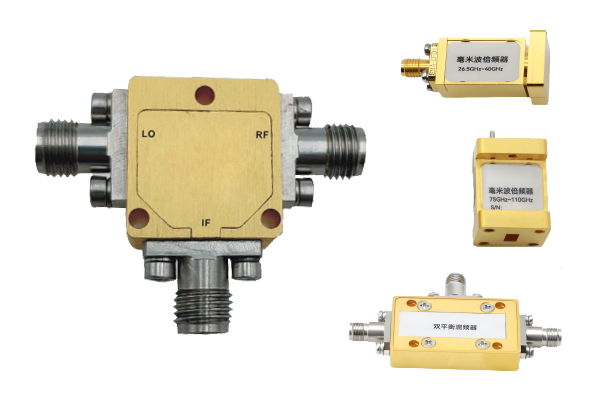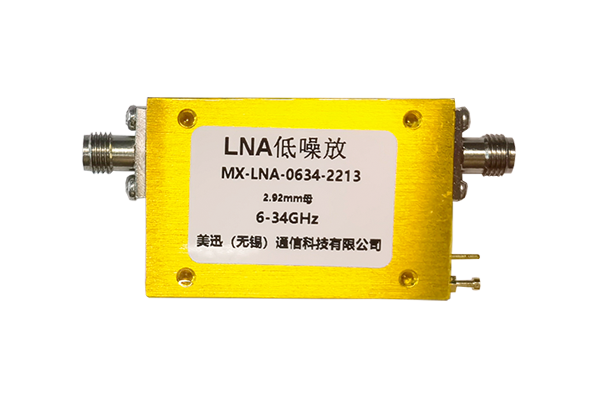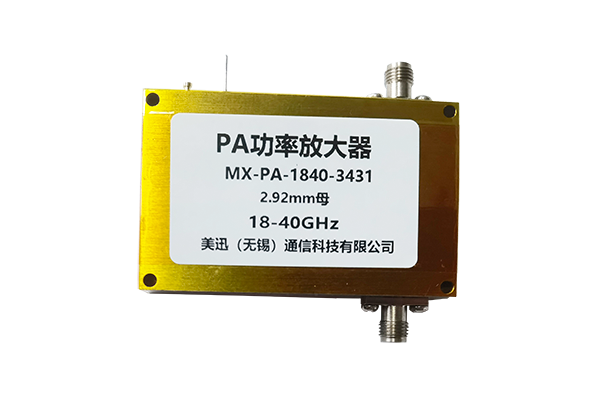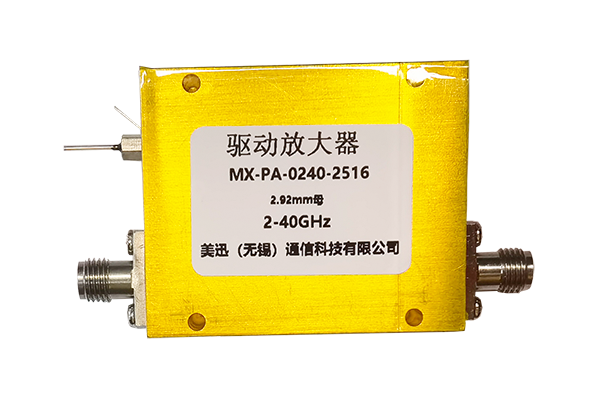What role does RF coupler play in a radar system
RF Coupler Functions in Radar Systems
In radar systems, the RF coupler plays a multifaceted and critical role in ensuring efficient signal management, accurate detection, and system reliability.
Signal Sampling & Monitoring
Radar systems transmit high-power RF signals to detect targets and receive reflected echoes:
- Taps 1% to 10% of transmitted signal without significant degradation
- Routes sampled signal to monitoring circuits
- Verifies transmission power, frequency stability, and waveform integrity
- Identifies amplifier malfunctions or signal distortion
Power Division & Distribution
Facilitates splitting high-power signals between components:
- Divides signal with precise power ratios
- Routes signals to main antenna and auxiliary components
- Provides reference signals for local oscillator generation
- Essential for range and velocity calculations
Transmit/Receive Isolation
Protects sensitive receive circuitry from high-power transmissions:
- Provides high isolation (typically 20dB or more)
- Blocks excessive power from reaching receiver
- Allows weak echo signals to pass unimpeded
- Protects low-noise amplifiers and other sensitive components
System Calibration Support
Enables precise calibration of radar components:
- Routes known reference signals for calibration
- Calibrates gain, phase shifts, and frequency responses
- Maintains consistent performance over time
- Ensures accuracy of target detection and measurement
The RF coupler is a linchpin in radar systems, enabling signal monitoring, power management, path isolation, and calibration—all essential for reliable and precise operation.



